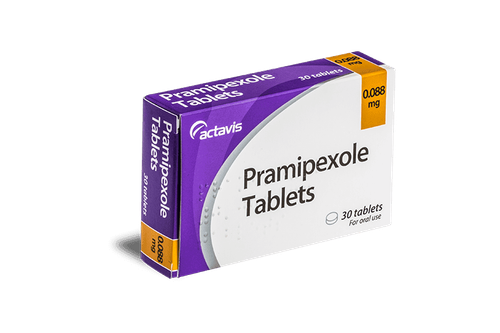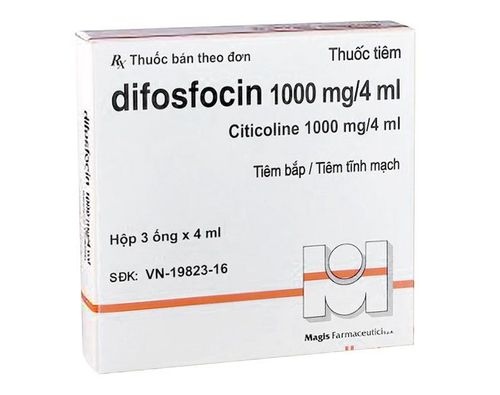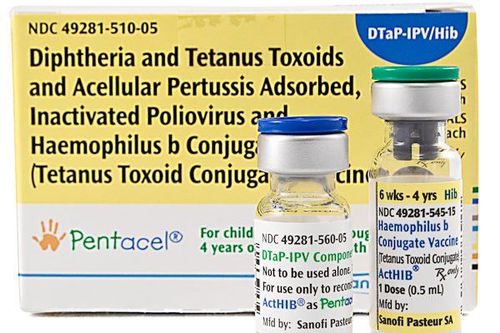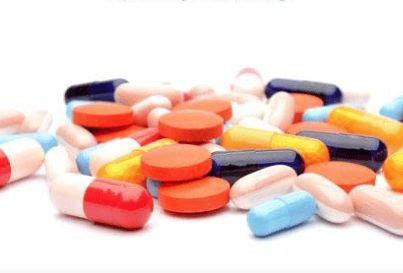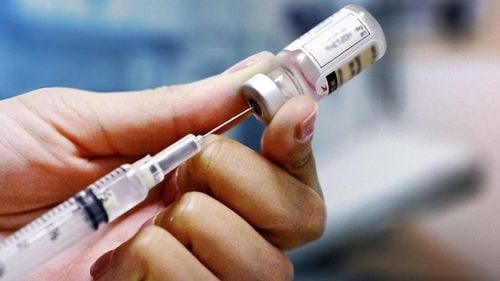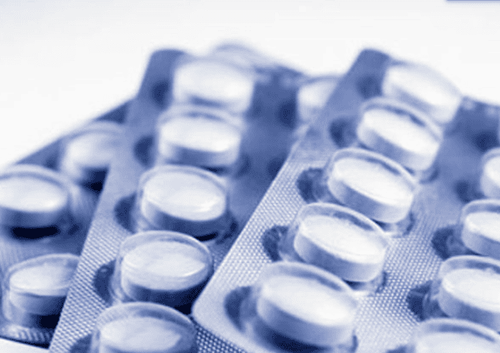This is an automatically translated article.
Hanoi has recorded its first case of Japanese encephalitis this year. May to October is the peak period for Japanese encephalitis. This is a dangerous disease that can leave sequelae, even cause death.1. Japanese encephalitis is in the epidemic season
According to a report by the Hanoi Department of Health, in the past week (from May 13 to May 19, 2019), the city recorded the first case of a child suffering from Japanese encephalitis. It is a 3 and a half year old child, residing in Hong Phong commune, Chuong My district. It is known that the patient was hospitalized with a high fever, lethargy, convulsions... After receiving intensive care, the baby is now awake and recovering, no longer convulsing. In general, from the beginning of the year until now, there have been 11 cases of Japanese encephalitis recorded in the province.In the city. In Ho Chi Minh City, the situation of Japanese encephalitis is complicated, the number of cases is increasing. Every day, Children's Hospital 1 City. Ho Chi Minh City received more than 10 pediatric patients hospitalized for treatment.
2. What is Japanese Encephalitis?

Muỗi là trung gian truyền dịch Viêm não Nhật Bản, thường xảy ra cao điểm vào mùa hè
The disease is transmitted from animals (such as pigs, birds) infected with the virus, spread to humans through the bite of a mosquito called Culex. In Vietnam, most cases of Japanese encephalitis usually occur during the summer season, which falls between May and October every year, when the temperature rises, creating favorable conditions for mosquitoes to breed and proliferate. and disease transmission. Patients are usually children under 10 years old, adults have high antibodies, so they are less likely to get sick. In general, the incidence of Japanese encephalitis is higher in the plains than in the mountains and in the countryside than in the cities. Children, after getting sick, often leave a strong and stable immunity.
3. Is Japanese encephalitis dangerous?
At different stages, the disease will have different symptoms, the incubation period lasts about 1 week on average. During the onset, signs often appear such as sudden high fever, headache, especially pain in the forehead area, nausea and vomiting, abdominal pain, meningeal syndrome, and mild to moderate disturbances in consciousness. severe (convulsions, lethargy, restlessness, gloom, or even complete loss of consciousness).Full-blown phase (3rd or 4th day to 6th or 7th day) with symptoms similar to onset but not decreasing but increasing: From delirium to convulsions, initial gloom, The patient gradually entered a deep coma.
Symptoms of autonomic dysfunction also increase, including: Profuse sweating, red skin, cyanosis, irregular breathing, hallucinations, agitation, spasticity or twitching of muscles face and limb muscles, or paralysis,... Therefore, the patient usually dies within the first 7 days. For patients who make it through this period, the prognosis is often better.
In the period of remission (starting from the 7th or 8th day onwards), Japanese encephalitis patients feel better, their body temperature drops from high fever to low fever. Especially from the 10th day onwards, the body temperature completely returns to normal if there is no other bacterial superinfection. Along with signs of body temperature, pulse also slows down to normal, breathing is no longer disturbed.
Encephalo-meningococcal syndrome also gradually decreases: The patient slowly regains consciousness from a deep coma, the spastic muscle tone will decrease and there will be no more vomiting, headache, soft nape, besides other signs The meninges also returned negative. On the other hand, while the toxic infection syndrome and the encephalo-meningeal syndrome subsided, the focal neurological lesions became more prominent than before. Patients may experience paralysis, paralysis of arms and legs, paralysis of cranial nerves or disturbances in motor coordination,...
After that, from the end of the 2nd week onward is the period of changes late symptoms and sequelae. Late complications may be encountered, including: pneumonia, pyelonephritis - bladder infection, septic ulcer, sympathetic nervous system disorders, metabolic disorders. In addition, the late sequelae that are likely to appear years or even decades later are epilepsy and Parkinson's disease. Currently, there is no specific treatment for Japanese encephalitis. The goal of treatment is only to partially solve the symptoms, to rescue the patient from the critical condition caused by respiratory failure, cardiovascular collapse, and infection.
4. Prevention of Japanese encephalitis
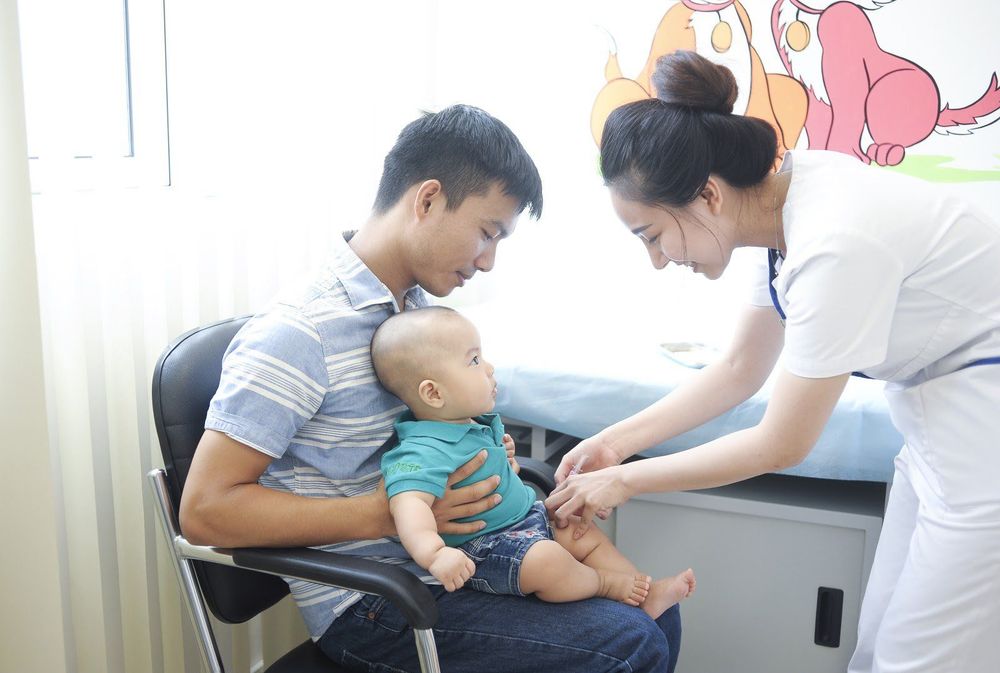
Tiêm phòng cho trẻ để phòng bệnh Viêm não Nhật Bản
Build cattle sheds far away from home, do not let children go near livestock stables to prevent the risk of mosquito bites. Regularly find and remove the nests of larvae, take measures to kill mosquitoes and prevent mosquito bites. Especially for children who are old enough, full and timely Japanese encephalitis vaccination is the most important and effective preventive measure. Currently, the national expanded vaccination program has supported Japanese encephalitis vaccination for families with children of all ages: For children from 12 months old, the first dose is required; 14 days after starting the 2nd injection; 3rd dose one year after 2nd dose. When detecting signs of Japanese encephalitis, such as high fever, along with symptoms of central nervous system damage, the patient should be immediately taken to a medical facility for an accurate diagnosis and treatment. timely treatment.
Please dial HOTLINE for more information or register for an appointment HERE. Download MyVinmec app to make appointments faster and to manage your bookings easily.




